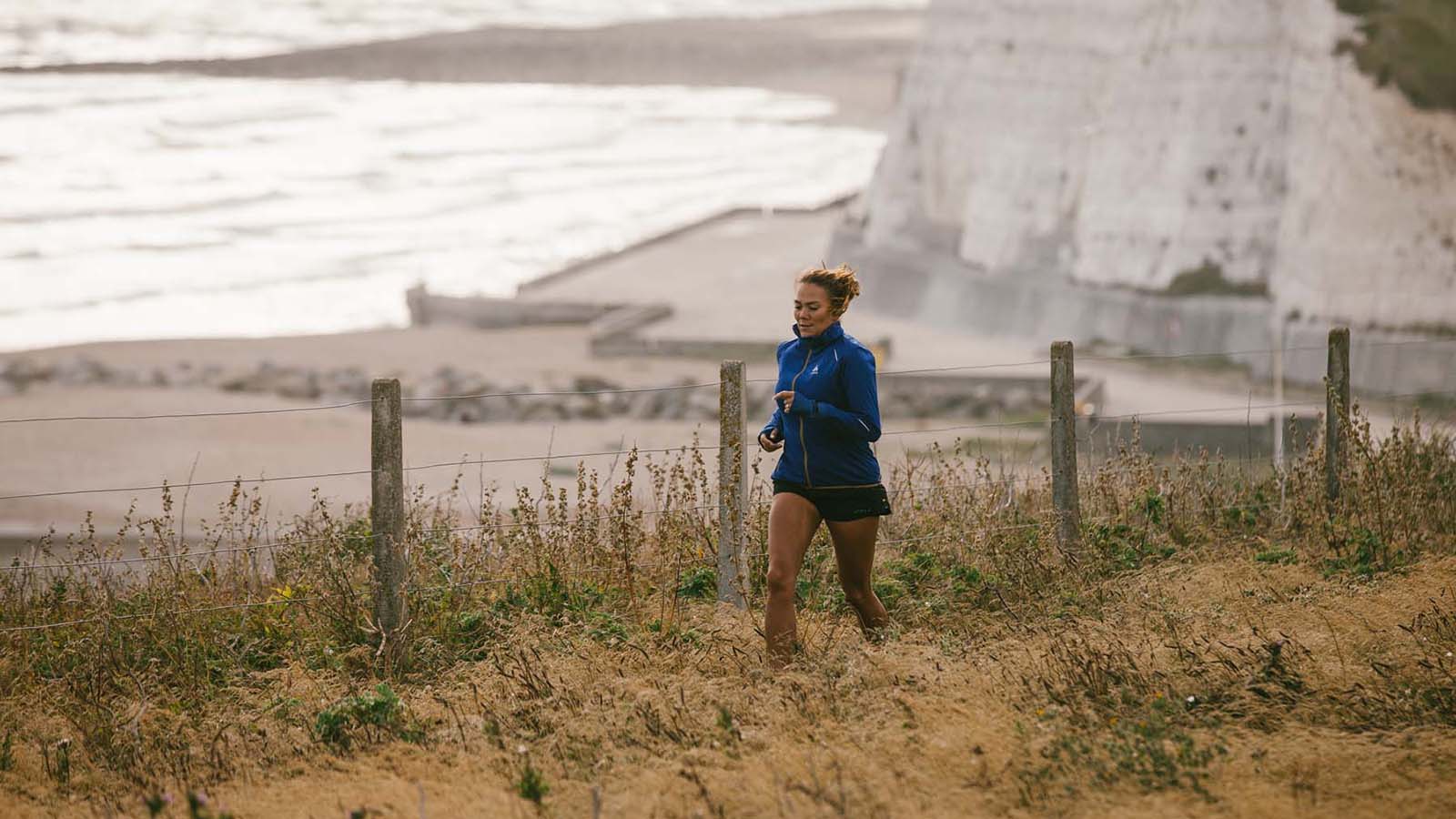
Whether you are running your first ultramarathon, competing in your umpteenth triathlon or gearing up to cycle across a continent, endurance is more than just a physical challenge: it is also a huge mental undertaking.
Over the past two years, health journalist Emma Wilkinson and I have spoken with 70 elite athletes, coaches and sports scientists whose daily lives revolve around pushing the body and mind beyond perceived limits.
From ultrarunners who have conquered deserts armed with nothing but running shoes and the best running watches to swimmers who have crossed the coldest oceans, a clear pattern emerged in how they prepare, persevere and recover. Our book, Ultra Women: The Trailblazers Defying Sexism in Sport examines the essential strategies for building both physical and mental resilience which has enabled women to win endurance races, set world records and become the pioneers of their fields.
Drawing on the collective wisdom of some of the world’s most seasoned endurance experts, I have discovered the secret to enduring more, recovering faster and cultivating the unshakeable mindset that turns challenges into triumphs.
These five tips offer evidence-informed steps you can apply to your own training routine to ensure you are primed to go the distance.
1. Train smarter
When preparing for a race, whether it’s a 10k or a triathlon, the temptation can be to download a plan from the internet, or sign up to one of the best fitness apps, and rigidly stick to it. But everyone needs a different approach depending on their lifestyle, commitments, experience, age and stage of life. A one-size-fits-all model suits very few people and can be difficult to fit into normal life.
Using your commute to run to or from work is great “time on feet” training. When Lael Wilcox prepared for her win at the 4,200 mile Trans America Bicycle Race, she made sure that all of her commuting was done on her bike. She even rode 1,000 miles to the race start line rather than catching a plane. A great warm-up!
Power also ensured she did plenty of strength training to keep her body resilient to injury. In particular, she worked on strengthening her neck muscles because they were prone to collapse after running for more than 24 hours.
2. Learn from experience
It took fell runner Sabrina Verjee four attempts to complete the 214 Wainwright peaks in the Lake District in under six days. But on each attempt she learned something new about her body; from the pace it could tolerate, to how much sleep it needed, to what food she could stomach during the race.
Likewise, when champion ultrarunner Jasmin Paris made history by becoming the first woman to finish the Barkley Marathons, a unique gruelling ultra race, it was her third attempt at the event. She took each attempt as an opportunity to learn more about the course and what she needed to do to finish it. Before her final successful attempt, she got up at midnight in the middle of a storm and ran up and down a steep hill dozens of times to emulate the conditions of the Barkley Marathon.
Rather than viewing a did not finish (DNF) as a failure, these women knew it was an opportunity to learn. Everyone can draw from this and adjust their training accordingly whether it’s focusing more on hill reps, increasing strength training or taking a different approach to pacing or fueling. Failure is part of the learning process.

3. Fuel your mind
It doesn’t matter how fast you are – ultimately endurance racing is about mind over matter. And the best way to support your brain is to fuel it with calories.
“Your brain is five per cent of your body weight but it uses 20 per cent of the energy that you put into your body,” explains sports psychologist Josephine Perry. That means fuelling your mind is as important as fuelling your body.
“I find women are better at maintaining their fuel link so they can stay in the right mindset for completion. More men will respond to the feelings within the body and stop eating when they feel really nauseous – and as a result under-fuel their brain,” adds Perry.
Underfuelling is often the reason for a DNF or a poorer-than-expected performance, so ensure you keep eating around 40g to 60g of carbs an hour. Ultra running coach Damian Hall tells all his athletes “low mood, eat food”.
4. Be flexible
In the world of endurance, nothing ever goes 100 percent according to plan, so it’s important to be adaptable both in training and racing.
When Jamie Aarons took on the challenge of breaking the fastest known time for climbing 282 Scottish mountains in one go, she knew sleep deprivation was her strength. She planned to sleep four hours a night, but had to change tactics and switch to micronaps throughout the day.
A summer heatwave meant she had to take advantage of moving during the cooler nights, meaning her sleep ended up in a completely different pattern to what she had intended.
Rather than thinking something cannot be done, a flexible approach allows you to problem-solve and find a different solution. However, I wouldn't advise you go without sleep for days if you can help it!
5. Have self-compassion
“Be bothered” is a mantra used by many endurance athletes. If you feel low on energy take the time to eat. If your feet are hurting, take a look at them. If you are cold, dig out your jacket – even if it’s at the bottom of your pack. In order to be physically and mentally resilient you need to look after yourself.
Having self-compassion is not the antithesis of toughness, it is a critical coping resource. Being kind and non-judgemental when faced with pain, suffering or failure enables athletes to move forward positively, rather than be weighted down with negatively. Pushing through the pain, rather than addressing it, can ultimately lead to injury and poorer results, especially across very long distances.
When ultrarunner Paris won the 268-mile Montane Spine Race outright, part of her success was down to prioritising warmth over speed. She carried heavier winter clothing so she could look after herself and stay warm when temperatures plummeted. The man on her tail, Eugeni Sole, packed much lighter gear and had to be rescued after he became dangerously cold.
Self-compassion is perhaps a strength we can use throughout everyday life, not just during training.







